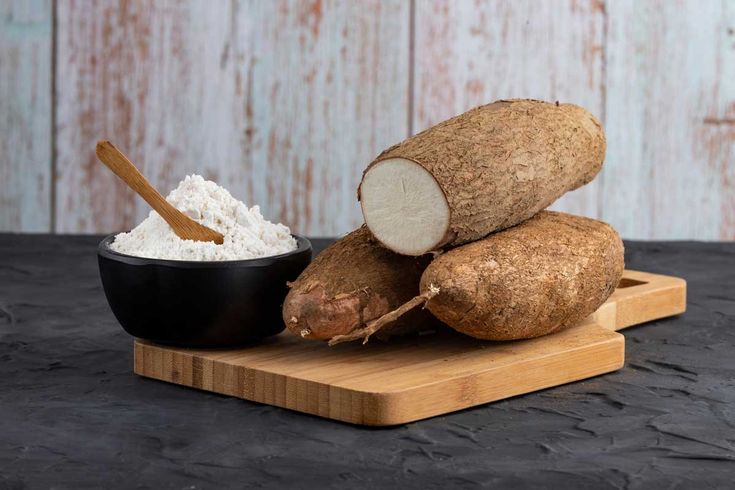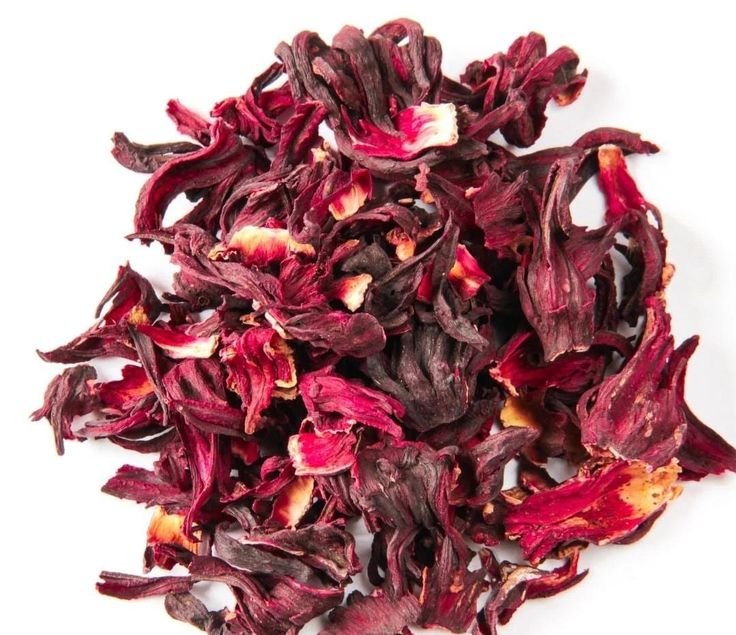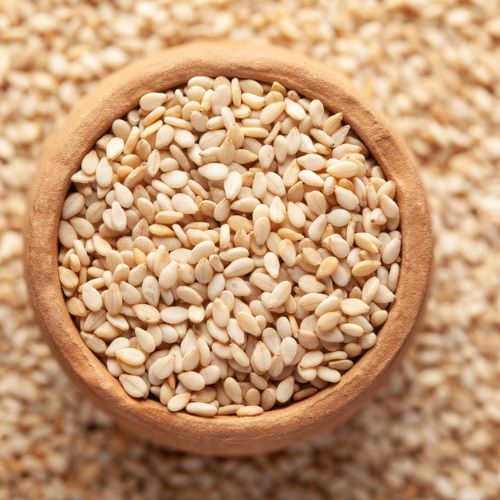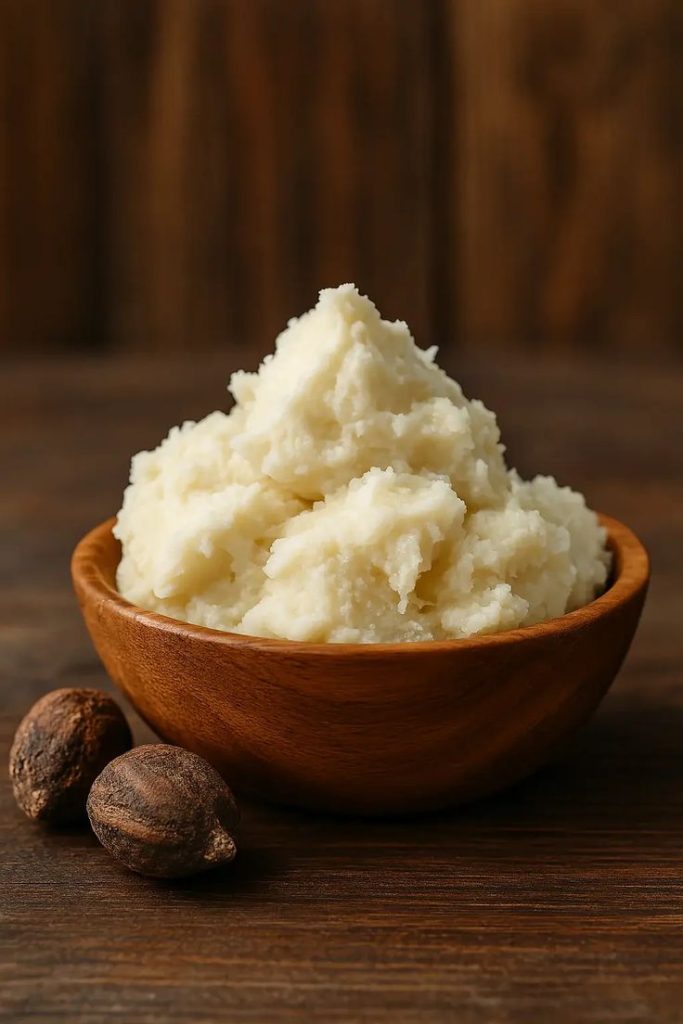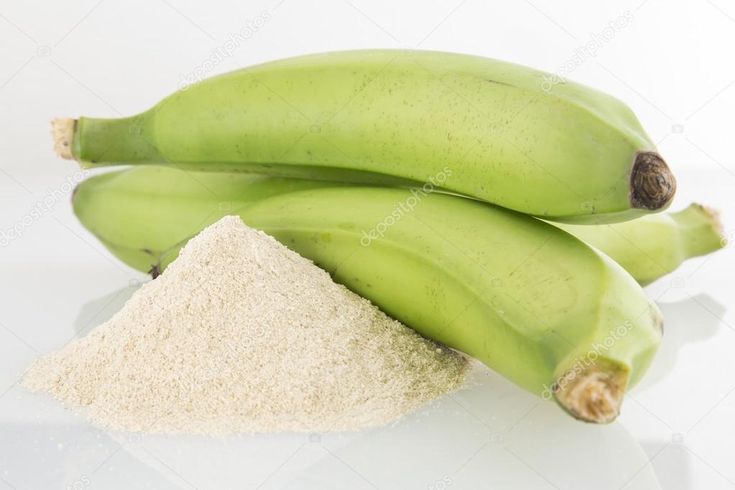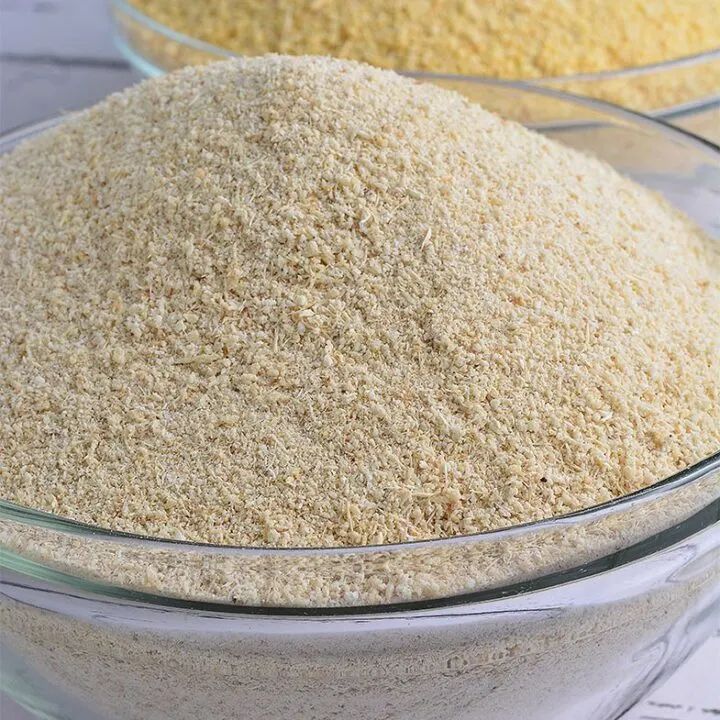What is Yam Flour?
Yam Flour is a fine powder obtained from dried and ground yam tubers (Dioscorea spp.). Yams are a staple food crop in West Africa, particularly in Nigeria, which accounts for over 70% of global yam production. Yam Flour is popular for preparing “Amala”, a traditional swallow food widely eaten in Nigeria and across the African diaspora.
The flour has a light brown, off-white, or sometimes slightly grey color depending on the yam variety and processing method. It is valued for its smooth texture, long shelf life, versatility, and cultural significance.
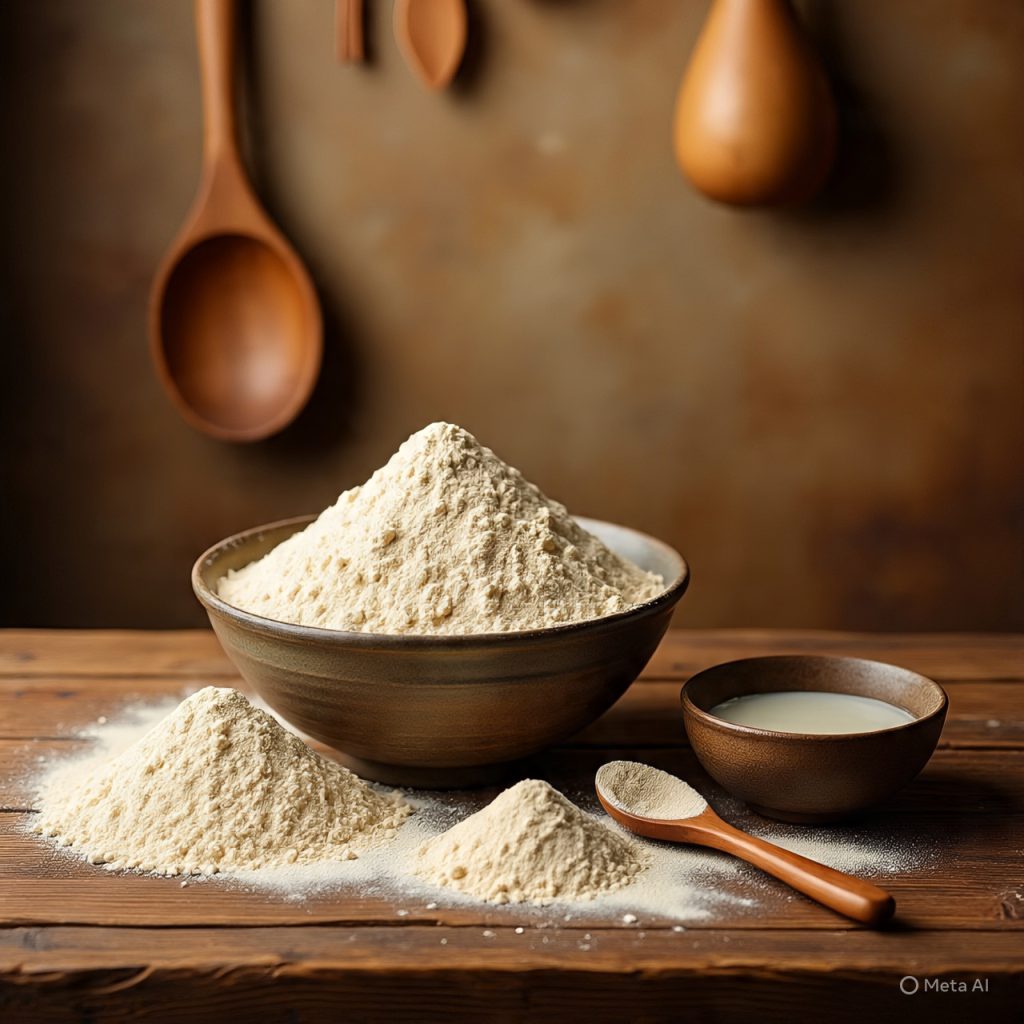
Uses of Yam Flour
-
Food Preparation:
-
Used mainly for making Amala.
-
Blended into porridge, soups, and baby food.
-
Mixed with other flours (cassava, plantain, wheat) for composite flour products.
-
-
Industrial Uses:
-
Flour mixes for food companies producing instant swallow meals.
-
Raw material for bakeries and pastry industries in specialized recipes.
-
Ingredient in gluten-free diets.
-
-
Nutritional Value:
-
High in carbohydrates (energy source).
-
Contains dietary fiber.
-
Low fat and cholesterol-free.
-
Rich in potassium, manganese, and vitamin B6.
-
Export Potential of Yam Flour
The export of Yam Flour is rising due to increased demand from African communities abroad who seek traditional foods. It is also gaining popularity in health-conscious and gluten-free markets in Europe and North America.
-
Major Importing Markets:
-
United Kingdom
-
United States
-
Canada
-
France
-
Germany
-
Middle East (UAE, Saudi Arabia)
-
-
Reasons for High Demand Abroad:
-
Growing African diaspora communities.
-
Increased health awareness promoting natural and gluten-free foods.
-
Longer shelf life compared to fresh yam.
-
Easy transport and packaging.
-
Export Specifications for Yam Flour
-
Quality Standards:
-
100% pure yam flour (no additives, preservatives, or artificial coloring).
-
Free from sand, stones, mold, insects, and any foreign matter.
-
Moisture content: 10–12% maximum (to ensure longer shelf life).
-
Ash content: ≤ 1.5%.
-
pH: neutral to slightly acidic.
-
-
Appearance:
-
Fine powder, smooth texture.
-
Creamy white to light brown depending on yam variety.
-
Free from lumps.
-
-
Packaging:
-
Polypropylene bags, paper bags, or pouches with airtight inner linings.
-
Common export pack sizes: 500g, 1kg, 2kg, 5kg, 10kg, and 25kg bags.
-
Bulk export: 25kg–50kg sacks.
-
Proper labeling with:
-
Product name (Yam Flour)
-
Country of origin
-
Net weight
-
Processing & expiry dates
-
Storage instructions
-
HS Code
-
-
-
HS Code:
-
1106.20 – Flour, meal, and powder of sago or roots or tubers.
-
Processing & Production Flow for Yam Flour
-
Selection of Good Quality Yams – Healthy, firm, and disease-free tubers.
-
Washing & Peeling – Removal of dirt and outer skin.
-
Slicing – Cutting into thin pieces for easy drying.
-
Drying – Traditionally sun-dried or mechanically dehydrated to reduce moisture.
-
Milling/Grinding – Dried yam slices ground into fine powder.
-
Sieving – To ensure smooth texture and uniform particle size.
-
Packaging – Airtight packaging to maintain freshness.
Export Logistics for Yam Flour
-
Transport Mode: Sea freight (most common), air freight (for urgent small orders).
-
Port of Export: Lagos (Apapa, Tin Can Island), Port Harcourt, Onne.
-
Shipping Documents Required:
-
Bill of Lading (B/L)
-
Commercial Invoice
-
Packing List
-
Certificate of Origin
-
SONCAP Certificate (from Standards Organisation of Nigeria)
-
Phytosanitary Certificate (from NAQS)
-
Storage & Shelf Life
-
Store in a cool, dry place away from direct sunlight.
-
Shelf life: 12–18 months if properly dried and packaged.

Challenges in Yam Flour Export
-
Moisture issues – Improper drying can lead to mold growth.
-
Packaging problems – Poor packaging can cause infestation and contamination.
-
Quality inconsistency – Variation in yam types affects color and texture.
-
Export restrictions & compliance – Some countries have strict quality requirements.
Opportunities for Exporters
-
Diaspora Demand: Strong market in Europe, US, and Canada among African communities.
-
Gluten-Free Trend: Growing health-conscious consumers seeking alternatives to wheat flour.
-
Retail Chains: African shops, supermarkets, and online marketplaces (Amazon, eBay, Afro-Caribbean stores).
-
Value Addition: Branding in small retail packs with attractive labeling for supermarkets abroad.
Summary:
Yam Flour export is a profitable venture with a huge diaspora-driven market and growing appeal in the health food industry. Success depends on high-quality processing, proper packaging, and compliance with international standards.

